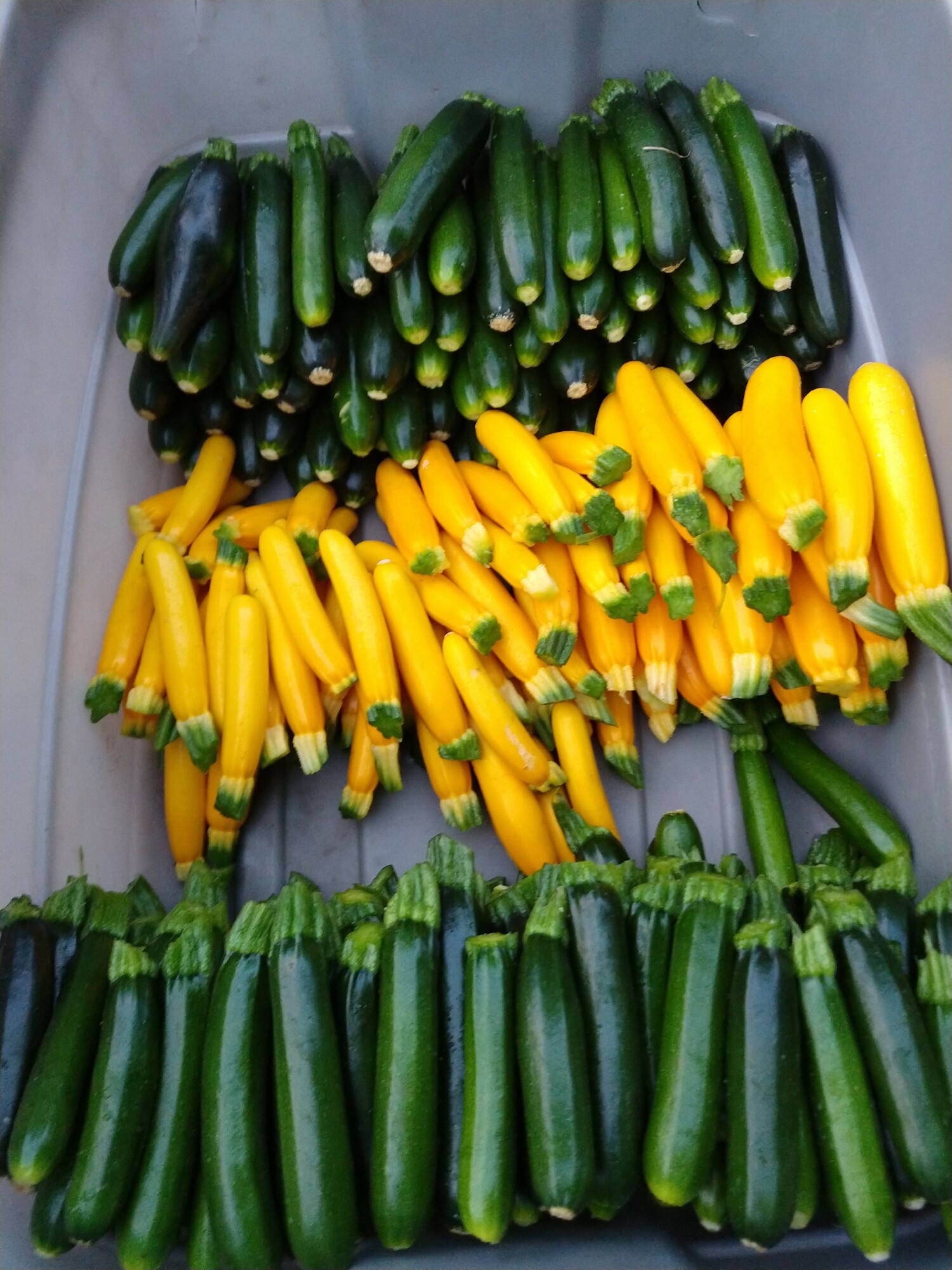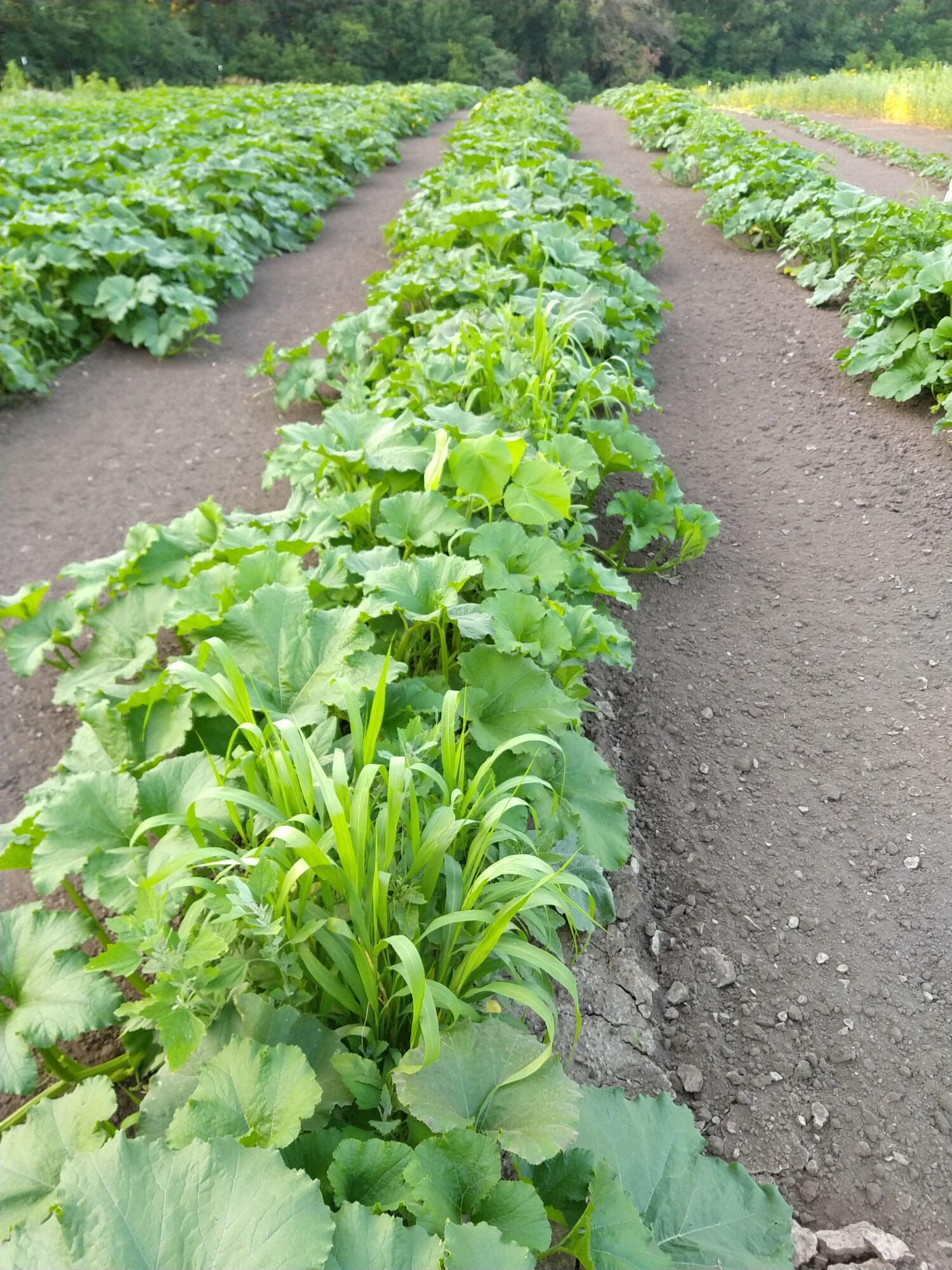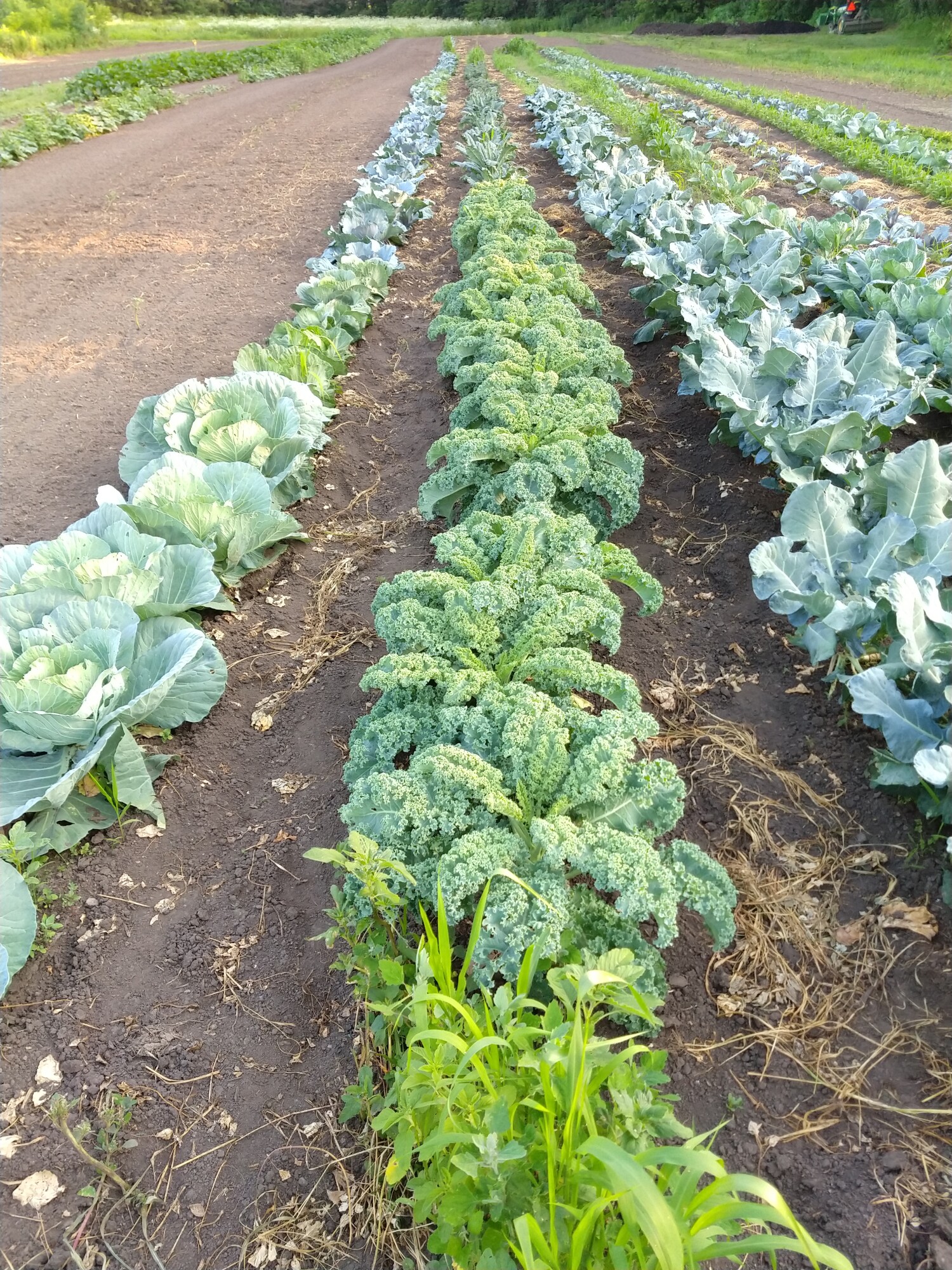Gardening organically is totally doable and very beneficial for the earth, our bodies, and the creatures with whom we share our world. After 23+ years of experience (my family has gardened organically since I was 3 years old), here are my top 3 general tips, whether you're just getting started or a seasoned organic gardener. There's also a few pictures of our garden along the way and recipes for natural bugs-be-gone sprays for home & garden at the end -- enjoy!
1. Feed the Soil
What we feed the soil is what goes into our vegetables, so if we feed our crops well, we benefit from that in the food we eat. If you've eaten organically fresh-grown food, you'll know that it tastes different. This is in part due to differing varieties of the plant you grow, but in my opinion it has even more to do with the quality of the soil it's grown in.
Pro-Tip: If you can, go down to your local waste energy facility and get some compost made from the fall leaves & grass clippings. This provides wonderful nutrients for the soil, creates a weed barrier if left on top of the soil (any weed seeds are killed in the heating process), and is very cost-effective, not to mention also quite considerate of the earth and the way it naturally functions (recycling concept).
 2nd crop of baby zucchini -- we pick 3x per week to get this size, otherwise we'd have a pick-up truck full of them!
2nd crop of baby zucchini -- we pick 3x per week to get this size, otherwise we'd have a pick-up truck full of them!  Pumpkin plants freshly tilled and about to run (they need to be hand-weeded still,
Pumpkin plants freshly tilled and about to run (they need to be hand-weeded still,don't mind the weeds)! ;)
2. Plant Crops in a Way to Naturally Reduce Pests
Most people know about crop rotation as the most effective way to do this (moving crops to different locations different years). This also helps with soil quality, as different crops take different nutrients in and out of the soil, so they can help one another! But did you know that you can naturally deter certain animals or pests based on location you plant? For example, we planted parsnips along the edge of one of our fields where bunnies like to be because they find those less appetizing than other crops. Bunnies also won't go out into the center of our fields (otherwise, bye bye, says the hawk!), so planting these edge crops in the first few rows prevents them from bothering anything.
3. Use Plants to Protect Plants
Many people know about diatomaceous earth (uncalcinated) as a more natural effective way to get rid of insects with exoskeletons (by dehydration), but did you know that there are many plant-based ways to keep bugs (with exoskeletons or not) away from your plants? Generally this takes slightly more frequent application, but it tends to be more harmonious for the environment because it does not kill the bugs, just causes them to avoid the area.
Want to receive updates to the blog? You can sign up to get them straight to your inbox or phone here so you don't miss any!
 First planting of cabbage, broccoli, and kale.
First planting of cabbage, broccoli, and kale.You can see the zucchini too in the far top LH corner, and the cucumbers next to them. :)













1 Comment